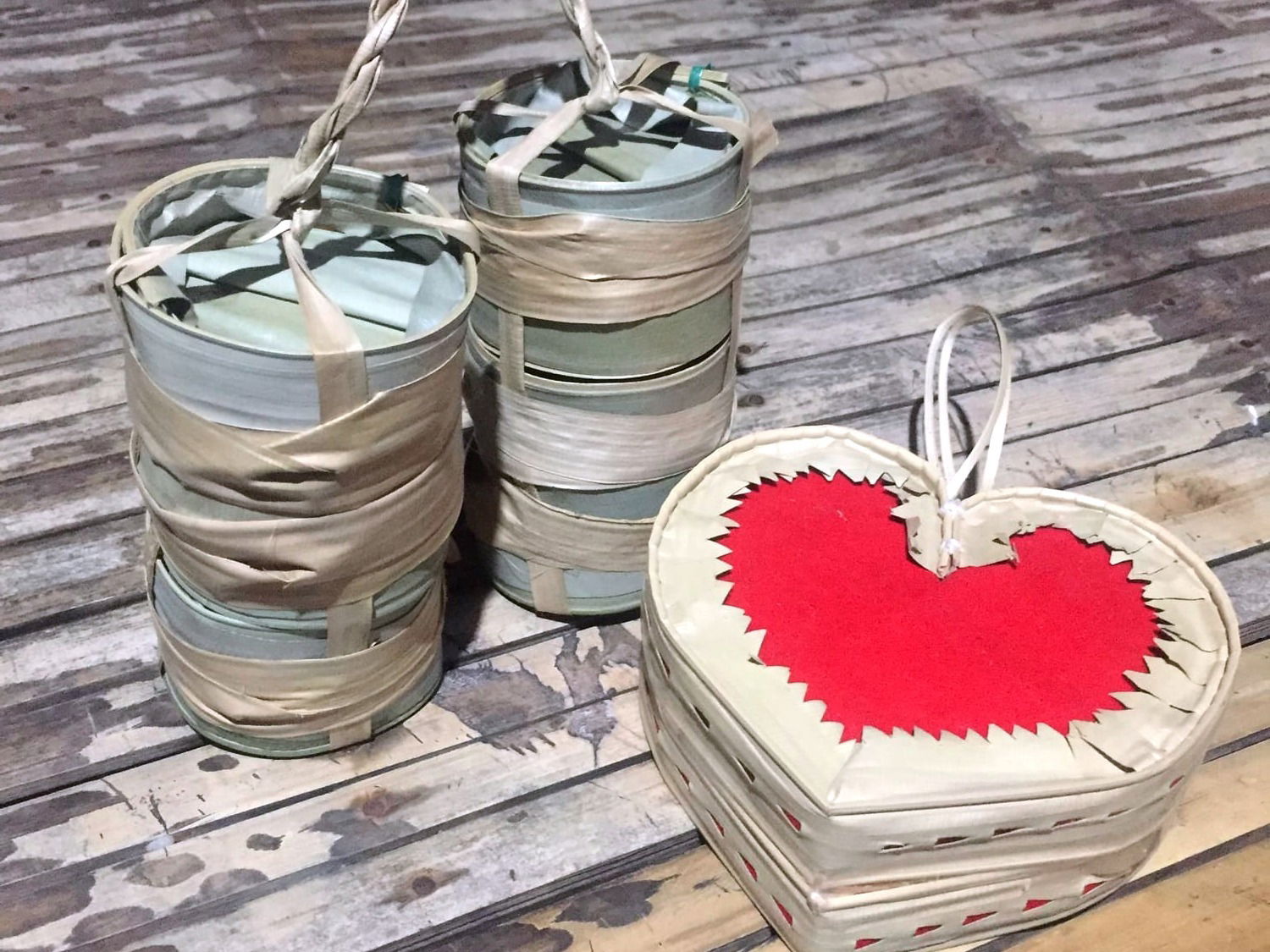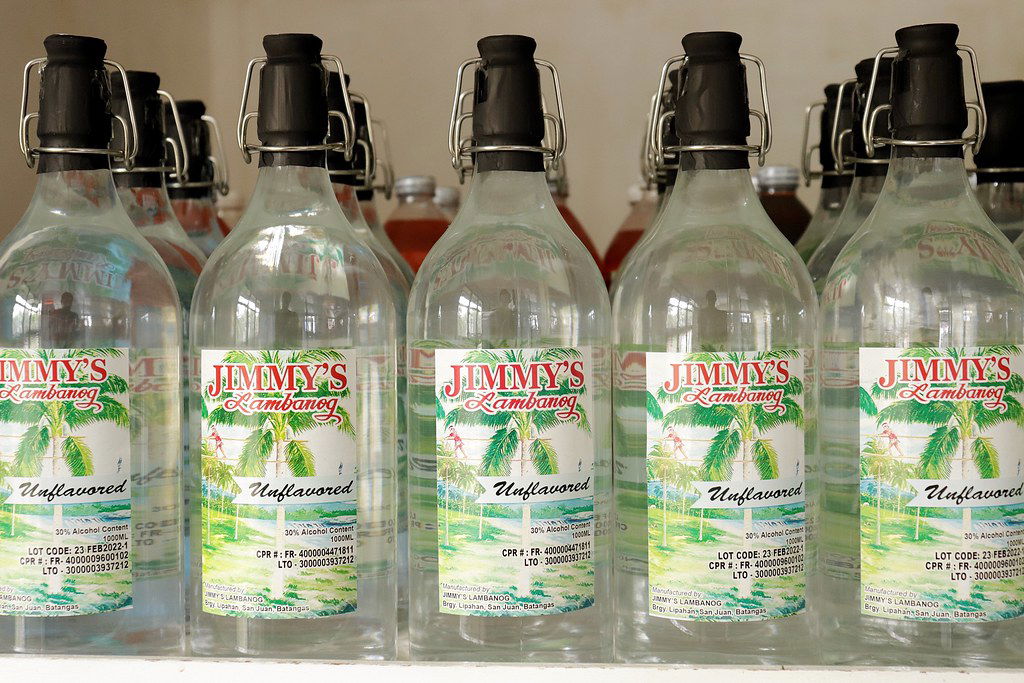SOUVENIRS YOU WILL SURELY LOVE
"Looking for the perfect keepsake to remember a special moment or share a bit of joy with someone you care about? Our carefully crafted souvenirs are more than just items they're heartfelt tokens of love, cherish memories, and the perfect way to carry a piece of the moment with you. From timeless designs to thoughtful details, these souvenirs are sure to warm your heart and bring smiles to those who receive them. Explore our collection and find the one you'll surely love!"

PAKASKAS (Palm Sugar Candy)
Pakaskas is a traditional Filipino delicacy made from the extracted juice of Buri or Buli where farmers extract its sap to convert it into vinegar a coconut wine locally known as tuba and of course palm sugar. When sufficient amounts of the sap have been collected these are placed in a cauldron, or tulyasi in Tagalog, and boiled and stirred continually for hours over a wood-fired stove until the sap turns to caramel. After the sap has completely caramelized, the cauldron is removed from the fire and set aside to cool. The caramel is still stirred occasionally while it cools to achieve the correct consistency. When done, it is scooped using a spatula and pasted onto molds made from dried buri palm leaves called casitas. These are then set aside to cool down completely and, thus, solidify.
The caramel that stickds to the side of the cauldron is scrapped off with the spatula and the act of doing so, kinakaskas in the batangas dialect, is how the pakaskas gets its name. Once the caramel has fully cooled in the “casitas,” they are stacked on top of each other and tied together with buri palm strings. This stack is referred to as “talakid” in Batangas Tagalog. The “talakids” hanging from a pole in market stalls are instantly recognized by the people of Batangas as “pakaskas,” which can be enjoyed as a quick snack, dessert, or even as a sweetener.
Click here (where Pakaskas is originated)

TABLEA
Tablea consists of pure cacao beans that have been roasted, ground, and shaped into small, round tablets or disks. In the Philippines, it is traditionally used to make a hot chocolate drink known as "tsokolate," which is prepared by dissolving the tablea in hot water or milk and sweetening it with sugar to taste. Tablea is cherished for its rich, natural cacao flavor and aroma, making it a key ingredient in traditional Filipino chocolate beverages and desserts.
The tradition of making tablea in Batangas has its roots in the Spanish colonial period, brought over through the Manila-Acapulco Galleon Trade. Over the years, the people of Batangas have honed the art of roasting, grinding, and shaping cacao beans into tablets. This skill has been handed down through generations, establishing tablea as a hallmark of Batangas and a representation of its rich culinary heritage.
Today, Batangas tablea is renowned for its rich flavor and authenticity, often promoted as artisanal and handmade to attract both local and international buyers.

LAMBANOG
Lambanog is a traditional Filipino distilled spirit made from the naturally fermented sap of palm trees, such as coconut, nipa, or sugar palm. It is renowned for its high alcohol content, typically ranging from 40% to 45% alcohol by volume (80 to 90 proof), and is often referred to as "coconut vodka" due to its clear appearance and potency.
The production of lambanog has deep roots in the Philippines, particularly in the Southern Tagalog region, including the province of Batangas. The process begins with the collection of sap from the unopened flowers of palm trees, which is then fermented to produce a beverage known as tubâ. This fermented sap undergoes distillation to create lambanog, resulting in a potent and versatile spirit.
Traditionally, lambanog was consumed in its pure form, but modern variations include flavors such as mango, blueberry, pineapple, and bubblegum, appealing to a broader audience. In Batangas, lambanog is not only a popular beverage but also a significant part of local culture and festivities.
For those interested in purchasing authentic Batangas lambanog, several options are available:
